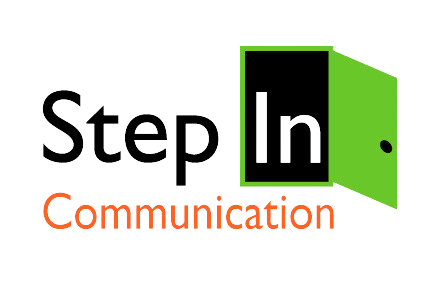Sometimes an organization needs help managing social media channels. Someone to plan and post content to Facebook, Twitter, Instagram and other channels as well monitor conversations and lead the way when customers ask questions or need help. In these situations, organizations might turn to outside channel managers. They might lack that skillset in their internal […]
Finding content is a struggle for many of my clients. Even with a well-developed brand and strong marketing campaigns, many organizations have a tough time filling the spaces of their social media networks with content. Content is right under our noses if we know how to look for it. “I just don’t know what to […]
Small businesses are getting extra attention from Facebook these days. As the social network moves its users to a new blend of organic and paid content, Facebook users are becoming exposed to higher levels of paid advertising. Individual users are unsure about how much advertising they want to see in the network. Businesses want to […]
I’ve been using LinkedIn for more than 5 years and like many social networks, I have a love/hate relationship with it. When I love it, I am able to pass leads or professional information onto colleagues quickly and see what interesting blog posts are appearing around the Internet. When I hate it, I am being […]
Last month, I participated on a citywide effort to bring greater awareness to the problem of child abuse in our community. It was called Cardboard Kids. On April 3, two-foot-high cardboard cutouts similar to a “flat Stanley” appeared all over San Antonio and the surrounding areas. 5846 of them – one to represent each confirmed […]
